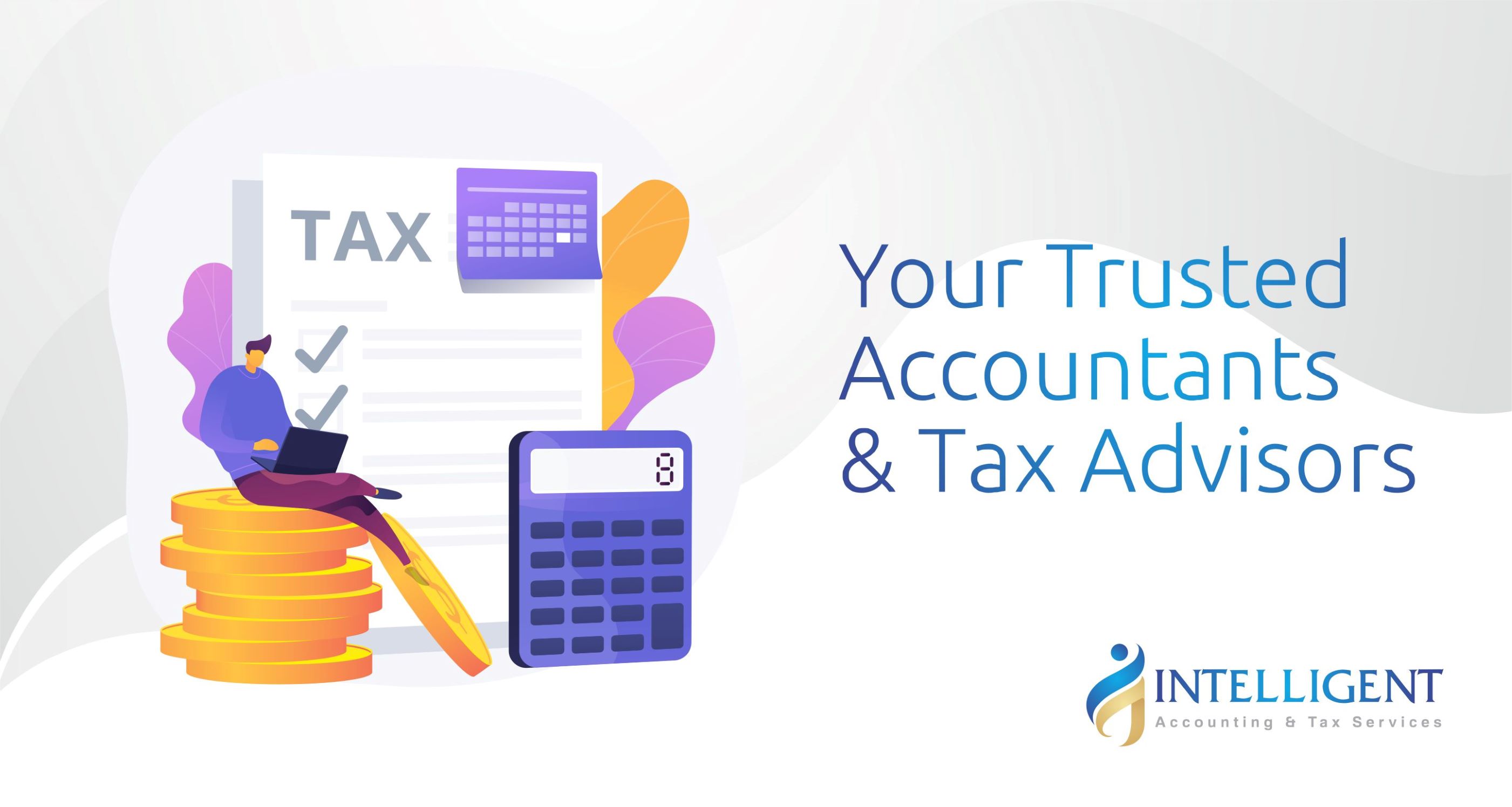If you are an employee and/or a director of a company, you do not need to keep a logbook to claim cents per KM from your employer. However, you may be required to provide evidence to show how you worked out your business kilometres travelled by producing diary records of work-related trips manually or using any available apps.
If you pay for your car running expenses and later seek for a reimbursement from your employer, this may trigger an expense payment fringe benefit. If an expense payment fringe benefit arises, you can reduce the taxable value of the expense payment fringe benefit by applying the otherwise deductible rule under s.24 of the Fringe Benefits Tax Assessment Act 1986 (FBTAA). The taxable value can be further reduced by making an employee contribution. For example: The employee contribution should be made at the latest by 31 March 2022 for the FBT year ended 31 March 2022. Although, in some instances this can be done by the lodgement due date or the lodgement date, whichever date comes earlier.
Alternatively, you can claim your personal car operating expenses in your individual tax return provided that the expenses were not reimbursed by your employer, and they were work related. There are two available methods: cents per KM and Log-book method.
Method 1: Cents per kilometre
Your claim is based on a set rate for each business kilometre.
- You can claim a maximum of 5,000 business kilometres per car, per year.
- You do not need written evidence, but you need to be able to show how you worked out your business It is essential that you produce a diary record of work-related trips either manually or using any available apps.
- The latest rates can be found here and it has taken into account all your running expenses (including registration, fuel, servicing and insurance) and depreciation into account.
Method 2: Logbook
You must maintain a proper logbook and your logbook must contain:
- when the logbook period begins and ends
- the car’s odometer readings at the start and end of the logbook period
- the total number of kilometres the car travelled during the logbook period
- the number of kilometres travelled for each journey. If you make two or more journeys in a row on the same day, you can record them as a single journey
- the odometer readings at the start and end of each subsequent income year your logbook is valid for
- the business-use percentage for the logbook period
- the make, model, engine capacity and registration number of the car.
For each journey, record the:
- reason for the journey (such as a description of the business reason or whether it was for private use)
- start and end date of the journey
- odometer readings at the start and end of the journey and kilometres travelled.
What can I claim?
- Running costs associated with running the car e.g. the decline in value of the car but not capital costs e.g. the value of the car. E.g. Depreciation cost;
- Fuel and oil costs e.g. Fuel and petrol; and
- All other car expenses
Disclaimer: The material and contents provided in this blog are general guide and informative in nature only. They are not intended to be seen as legal and tax advice. If expert assistance is required, you should seek your own advice for any legal, tax or investment issues raised in your affairs.

